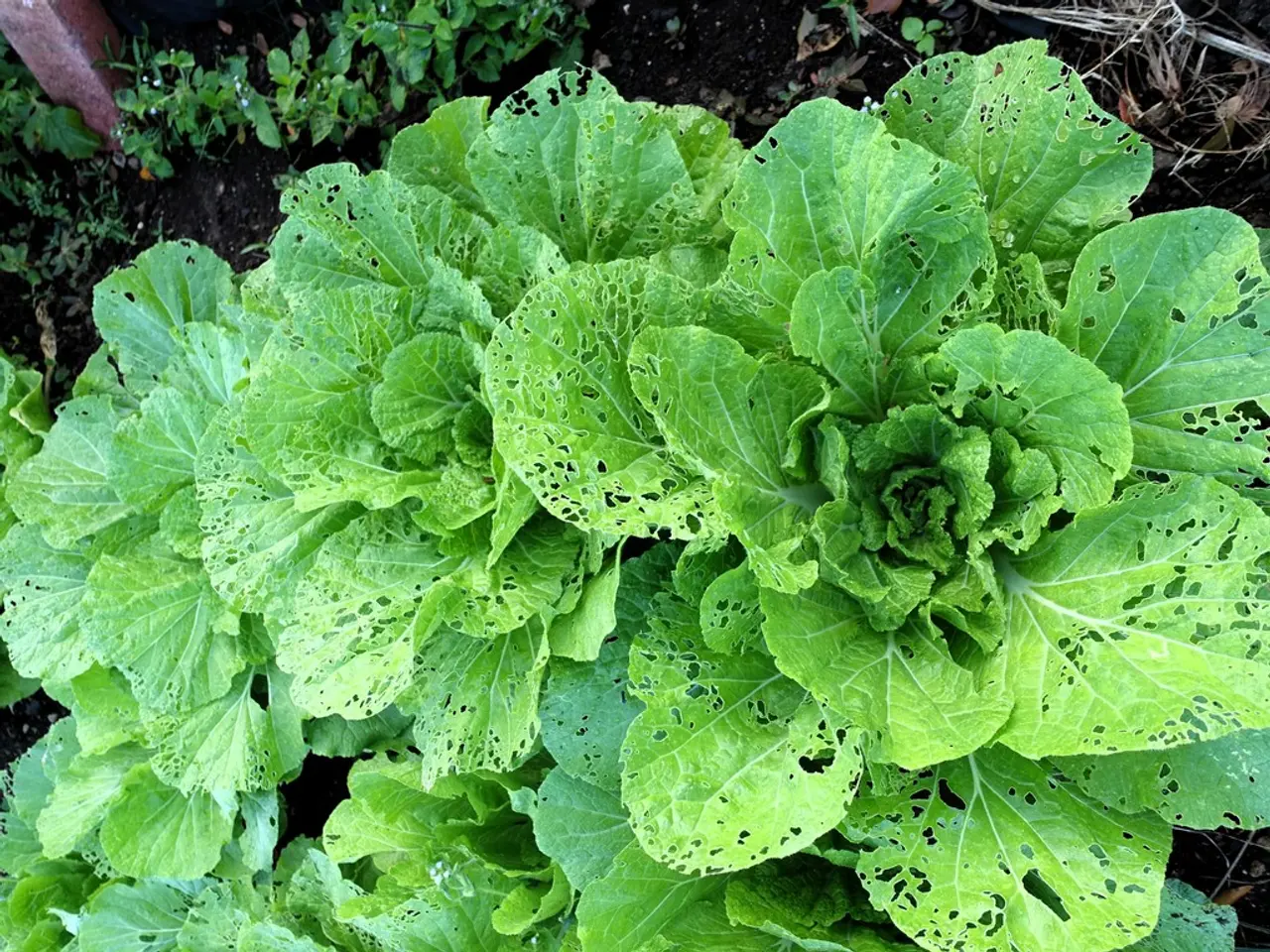Guide to Prolific Kitchen Spinach Cultivation
In the spirit of encouraging sustainable and healthy living, here's a comprehensive guide to growing spinach in various garden settings. This versatile leafy green is not only a nutritious addition to your meals but also a fun and rewarding activity for garden enthusiasts.
## Overview of Spinach Varieties
Before we delve into the specifics, let's familiarise ourselves with some common spinach varieties. These include Savoy or Crinkled-Leaf Spinach, Flat-Leaf Spinach, Semi-Savoy Hybrid Varieties, Renegade Spinach, Space Spinach, and Gazelle Spinach. Each variety has its unique characteristics, including taste, texture, and disease resistance.
## Growing Spinach in Different Garden Settings
### Balcony Garden
For balcony gardeners, growing spinach is achievable with the right conditions. To get started, use pots that are at least 6 inches deep to accommodate spinach roots. The ideal soil for spinach is a well-draining potting mix with a pH between 6.0 and 7.0. Spinach thrives in partial shade to full sun, depending on the variety.
When it comes to watering, use a drip irrigation system or self-watering pots to conserve water. Avoid overwatering, which can lead to root rot. Top-dress with compost or organic manure once a month to ensure continuous growth. Harvest leaves when they reach 2-3 inches in length. Watch for aphids and spider mites; use neem oil for control.
### Terrace Garden
In a terrace garden, space-saving layouts like vertical planters or trellises can be utilised for more space. The soil requirements are similar to balcony gardens, but larger containers can be used. To conserve water, mulch around plants and use drip irrigation. Use compost or organic manure for nutrient-rich soil. Harvesting and pest control strategies are similar to balcony gardens.
### Backyard Garden
In a backyard garden, spinach can be planted from August to April, depending on the climate. The soil requirements are the same as for balcony and terrace gardens. Spinach requires at least 4-6 hours of indirect sunlight. Water deeply but infrequently to encourage deep root growth. Use balanced fertilizers or compost to enrich the soil. Harvest leaves when they reach 2-3 inches in length. Watch for slugs, snails, and aphids; use organic pest control methods.
## Common Pests and Problems Across All Settings
- Downy Mildew: Use resistant varieties like Gazelle or Renegade. - Aphids: Control with neem oil or soap solution. - Slugs and Snails: Use bait or hand-pick at night. - Bolting: Plant bolt-resistant varieties like Renegade.
By following these guidelines, you can successfully grow a variety of spinach in different garden settings. Remember to use a gentle watering method to avoid splashing the leaves, and spinach requires at least 4-6 hours of indirect sunlight. Happy gardening, and enjoy the taste and health benefits of homegrown spinach!
- For balcony gardeners, planting spinach can be successful in pots that are at least 6 inches deep with well-draining potting mix, having a pH between 6.0 and 7.0.
- In a terrace garden, space-saving layouts like vertical planters or trellises can be utilized, using similar soil conditions, larger containers, and water conservation methods as balcony gardens.
- In a backyard garden, spinach can be cultivated from August to April, with the same soil requirements, and a minimum of 4-6 hours of indirect sunlight, whereas watering should be deep and infrequent.
- Common pests include downy mildew, aphids, slugs, and snails, with resistant varieties, neem oil, bait, and hand-picking providing control measures.
- Spinach varieties like Savoy, Flat-Leaf, Semi-Savoy Hybrid, Renegade, Space, and Gazelle each offer unique characteristics, including taste, texture, and disease resistance.
- By adhering to these guidelines, gardeners can grow a variety of spinach in different garden settings, fostering a sustainable and healthy organic lifestyle while enjoying the benefits of home-grown spinach.
- Lastly, care should be taken to water spinach gently to prevent leaf splashing, as it needs at least 4-6 hours of indirect sunlight.




